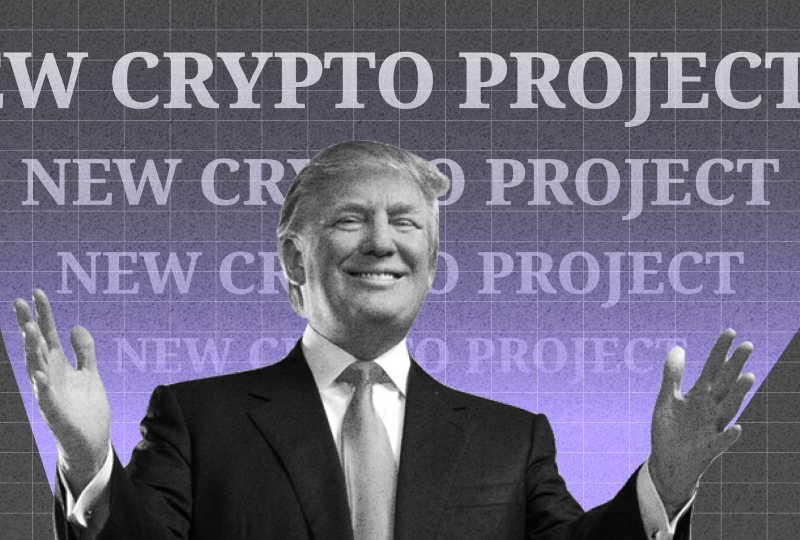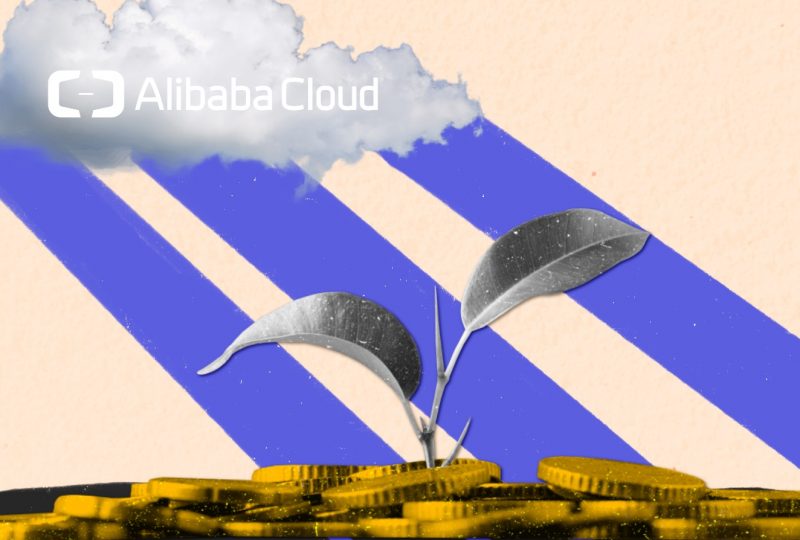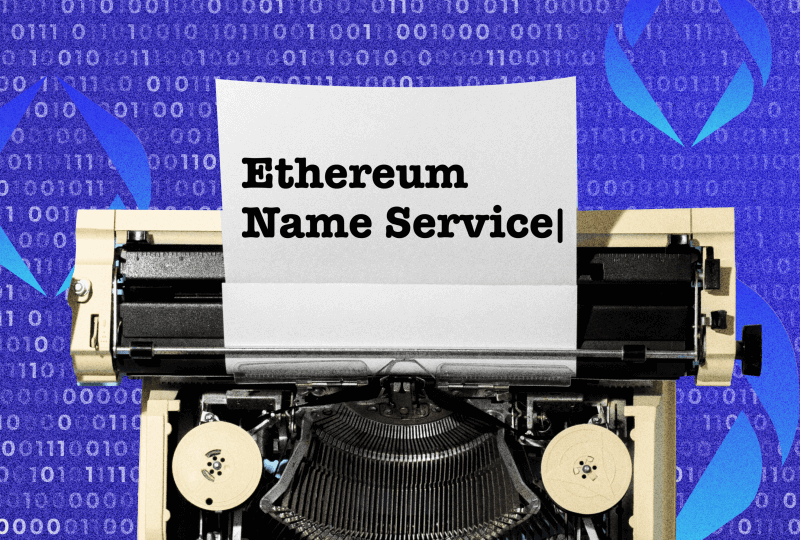Best Commodities ETFs For Q1 2022
Dec 14, 2021

Exchange-traded funds (ETFs) open up commodity buying to a wider spectrum of investors by allowing them to purchase individual commodities safely and cost-effectively. Commodities may be an effective inflation hedge, as well as a means of diversifying an investor's portfolio beyond the common equities and bonds. During periods of instability on the markets, some metals, such as silver and palladium, are considered safe-havens. In contrast, a commodity like copper may be in demand due to a boom in the building activities and manufacturing industries.
Commodity ETFs provide a method to obtain access to one or multiple commodities while decreasing the risk associated with direct investment in a single one.
A total of 52 commodities ETFs take part in trading on the US market, not including inverse and leveraged funds as well as funds with less than $50 million in assets under management (AUM). These ETFs represent not commodity producers but physical commodities.
As assessed by the Dow Jones Commodity Index, Commodities have performed better than the US equity market during the previous year, with an annualized profit of 33.6% vs. the S&P 500's annualized profit of 28.9% as of December 9, 2021. On a year-over-year basis, the Breakwave Dry Bulk Shipping ETF (BDRY) ranked as the highest-performing commodity ETF in the first quarter of 2022.
Below we take a closer look at the top three ETFs. The data is as of December 9, 2021.
Breakwave Dry Bulk Shipping ETF (BDRY)
BDRY is organized as a commodity pool, which is a private investment vehicle that aggregates investor contributions to participate in futures and commodities markets trading. The ETF tracks the Breakwave Dry Freight Futures Index, which comprises futures contracts on defined indices that measure prices for transporting dry bulk freight. It offers access to the dry bulk delivery sector, a crucial component of the international commodities market. BDRY is intended to depict price changes in dry bulk cargo futures contracts with close maturities. The Fund holds freight futures with a weighted average expiration date of about three months.
iPath Series B Carbon ETN (GRN)
GRN is an exchange-traded note (ETN) that tracks the Barclays Global Carbon II TR USD Index. The index reflects the carbon price as defined by the yield on futures contracts on carbon emission credits from the EU's Emission Trading Scheme and the Kyoto Protocol's Clean Development Mechanism. This effectively turns GRN into a bet on climate change. In GRN's portfolio, all futures contracts that trade on the Intercontinental Exchange (ICE) Futures Europe exchange are included as well as EU carbon emission credit futures contracts, which represent the highest position within the Fund.
KraneShares Global Carbon Strategy ETF (KRBN)
KRBN measures IHS Markit's Global Carbon Index, reflecting emissions-trading carbon allowances by monitoring the most actively bought and sold carbon credit futures contracts. The index includes emissions-trading schemes from Europe and North America, such as European Union Allowances (EUA), California Carbon Allowances (CCA), and the Regional Greenhouse Gas Initiative (RGGI). According to the Fund's statements, it offers "a way of reducing risks and taking advantage of price increases in carbon while promoting responsible investments." KRBN's portfolio, similarly to GRN's, comprises carbon emission credit futures contracts, with over half of its assets likewise in the European Union.




